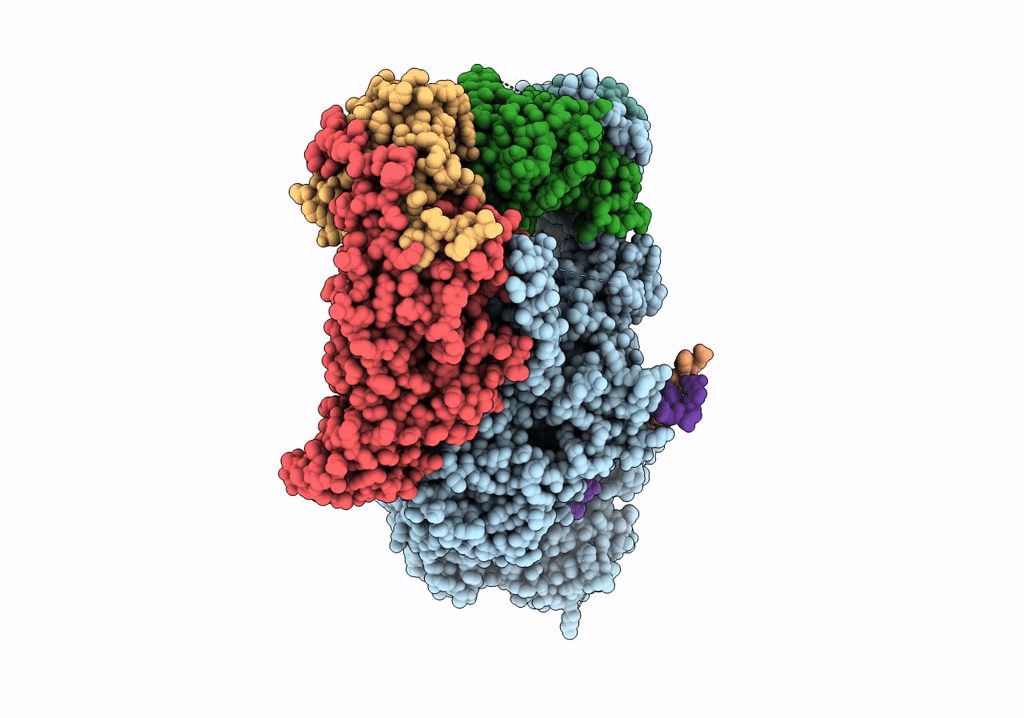
Deposition Date
2019-12-13
Release Date
2020-08-19
Last Version Date
2025-05-14
Entry Detail
PDB ID:
6V93
Keywords:
Title:
Structure of DNA Polymerase Zeta/DNA/dNTP Ternary Complex
Biological Source:
Source Organism:
Saccharomyces cerevisiae (strain ATCC 204508 / S288c) (Taxon ID: 559292)
synthetic construct (Taxon ID: 32630)
synthetic construct (Taxon ID: 32630)
Host Organism:
Method Details:
Experimental Method:
Resolution:
3.10 Å
Aggregation State:
PARTICLE
Reconstruction Method:
SINGLE PARTICLE


